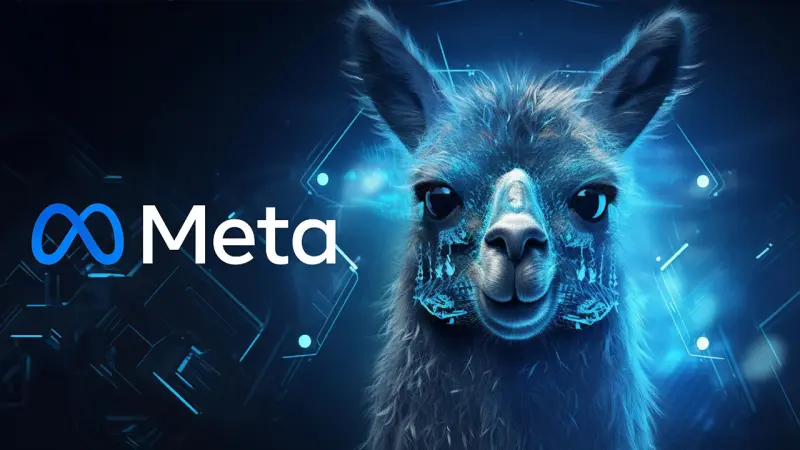Meta has unveiled Llama 4 Scout and Maverick, two innovative multimodal AI models that showcase major progress in artificial intelligence. These Llama 4 models can simultaneously analyze and understand both visual and textual data, highlighting Meta’s goal to create more adaptable AI systems. This launch occurs amid growing competition in the multimodal AI sector, as various companies strive to create systems that grasp the world in a more holistic way. Furthermore, the introduction of these Llama 4 models reflects Meta’s dedication to leading AI innovation and making these technologies available to developers around the globe.
Key Features of Llama 4 Scout
Scout represents Meta’s attempt to create a lightweight yet powerful multimodal assistant.
Vision-Language Integration
The Llama 4 multimodal AI model, Scout, is capable of analyzing both images and text in a contextual manner. Users can upload pictures and pose intricate questions regarding the content, the connections between objects, or the emotions expressed. Additionally, Scout can detect nuanced visual details that earlier models frequently overlooked, including spatial relationships and objects that are partially hidden.
Efficient Resource Usage
Scout, while being highly capable, demands much less computational power compared to its rivals. This efficiency allows smaller organizations and researchers with limited resources to access the model more easily. Additionally, its lower energy usage supports Meta’s sustainability objectives for AI development.
Maverick: The Advanced Research Model
Alongside Scout, Meta introduced Maverick, a more powerful research-focused system.
Enhanced Multimodal Reasoning
Maverick is highly skilled at handling complex reasoning tasks with various types of input. The Llama 4 multimodal AI model can also analyze videos, audio, and text at the same time to make advanced conclusions. Moreover, it shows an understanding of cause-and-effect relationships among different elements, a feature that very few current systems possess.
Creative Content Generation
Maverick stands out from other multimodal systems because it can produce creative content from prompts that involve various media types. For example, it can craft written stories based on images or propose visual designs from text descriptions. This capability makes it a useful tool for creative professionals and content creators looking for AI support.
Technical Advancements in Architecture
The technical foundation of these models represents significant innovation in several areas.
Unified Representation Space
Both Llama 4 multimodal AI models employ an innovative method to develop a cohesive representation space for various data types. As a result, these models can seamlessly compare and integrate information across different modalities, overcoming the limitations found in previous systems. This design also promotes smoother interactions between the AI and human users.
Parameter Efficiency Improvements
Meta’s researchers have introduced new parameter-sharing methods that enhance model efficiency. Consequently, these models perform better while using fewer parameters compared to similar multimodal systems. Additionally, this improved efficiency leads to quicker inference times and lower deployment costs for developers.
Open Access and Licensing Approach
Meta’s approach to releasing these models reflects its dual focus on innovation and responsible AI development.
Tiered Licensing Strategy
The Llama 4 multimodal AI models use a tiered licensing system that aims to balance accessibility and safety. As a result, basic research access is widely available, but commercial uses need extra licensing agreements. However, these terms are still much more flexible compared to those of many leading competitors in the industry.
Safety-Focused Release Strategy
Meta has introduced a gradual release strategy that includes safety assessments. At first, only verified researchers and developers can access the system to spot any potential problems. As safety standards are achieved, access will expand to a wider audience. This careful method is based on insights gained from previous AI model launches in the industry.
Industry Impact and Future Directions
The release of these models has significant implications for the AI ecosystem and Meta’s strategic position.
Competitive Positioning
Meta’s Llama 4 multimodal AI models give the company a strong edge over other leading AI research firms. Their efficiency and ease of access could enable Meta to achieve wider adoption compared to some of its more limited rivals. Additionally, Meta’s track record of providing robust open models may draw support from the developer community.
Future Applications
Meta has identified several exciting areas for the use of these models. Notable fields include healthcare diagnostics, the creation of educational content, and technology designed for users with visual impairments. Furthermore, Meta has formed partnerships with research institutions to investigate these applications.

